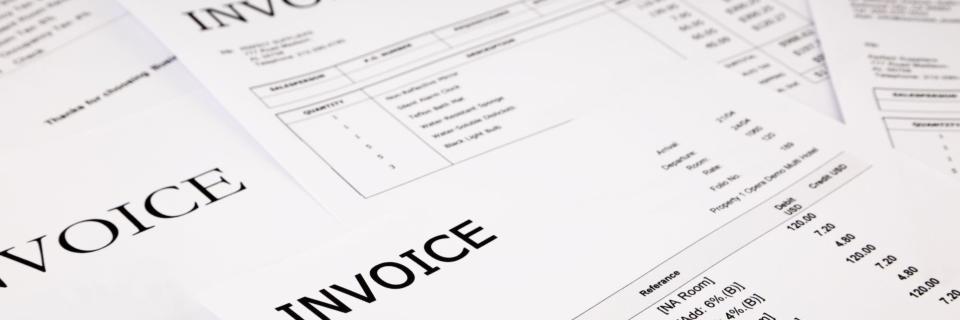
When partnering with a factoring company, you are entering into a mutually beneficial relationship intended to create success for both parties. You sell your invoices to receive dependable cash quickly and the factoring company charges a per-invoice factoring fee called the factoring rate. As the primary cost to factoring, you should fully understand what a factoring rate is and how it’s determined.
What Determines A Factoring Rate
Generally speaking, a factoring fee structure is influenced by the following:
- Industry – when setting factoring rates, certain industries (like trucking and transportation) provide a more reliable and high-volume stream of billable invoices. Because of this, factoring rates for trucking companies may be relatively lower when compared to other industries, such as textiles or staffing.
- Volume – When determining your rate, a factoring company will likely ask how much you plan to factor per month. Typically, the more you factor, the lower your rate is. You may even get set up with a tiered plan for rates depending on your anticipated growth. This means that as you increase your monthly volume, your factoring rates automatically decrease.
- Risk – Increased possibility of risk is usually offset by a comparatively higher rate. For example, within factoring, there are two primary types of agreements – recourse and non-recourse. Non-recourse is when the factoring company takes on more risk of non-payment. As such, non-recourse inevitably comes with a higher factoring rate.
The diversity of your customer portfolio is also considered when calculating risk. It’s often less risky for a factoring company to buy several small invoices from multiple customers than buying a couple of very large invoices from a business with only two customers. You’ll get a lower rate with a more diverse book of customers, especially if most of them have good credit.
Each of these factors can be broken down into more specific details which will impact your overall factoring rate. Additional things that might be considered by some companies are your credit score (as the business owner), how long you’ve been in business and your annual revenue.
Are There Different Types of Factoring Rates?
There are two main types of factoring rates: flat rates and tiered rates. A flat factoring rate means the percentage you pay on each factored invoice is always the same. You know exactly what you’re paying in exchange for the advance on your invoice, regardless of how quickly or slowly your customers pay the factoring company. A tiered factoring rate means the percentage you pay on each factored invoice is a variable amount, depending on how quickly your customers pay the invoice. Your rate will be lower for customers who pay more quickly and higher for customers who take longer to pay.
Another type of factoring rate is prime plus. Prime plus means the factoring rate is made up of the interest the banks charge the factoring company plus extra. For example, if you have a rate of 3.5% plus prime, and the prime rate charged by the banks is 2%, you can expect to pay 5.5% on every invoice.
You may also hear about tiered rates as they relate to factoring volume, as mentioned above. Some factoring companies will lower your flat rate as you increase the total amount factored per month. For example, if you factor $100,000 per month, you may get a rate of 3%, but as you increase monthly volume to $200,000 the rate drops to 2.5%, $300,000 the rate drops to 2.0%, etc.
What is a Typical Factoring Rate?
Factoring rates for trucking companies typically fall between 1% and 5%. Again, these rates will vary depending on things like the industry, the volume, how many and what types of customers you have, etc.
What About Additional Fees?
A factoring company may charge additional fees outside of your factoring rate for things like invoice-processing, ACH or wire transfer, startup, maintenance, etc. While some companies will roll all these anticipated costs into a slightly higher factoring rate, others will charge on a case-by-case basis. The extra fees aren’t necessarily bad, as long as the factoring company is up front about them and you know what to expect. What you’ll need to watch out for are ‘hidden’ fees – anything you get charged for that wasn’t or isn’t openly discussed when asked.
Still have questions about the cost of factoring? Reach out to RTS today